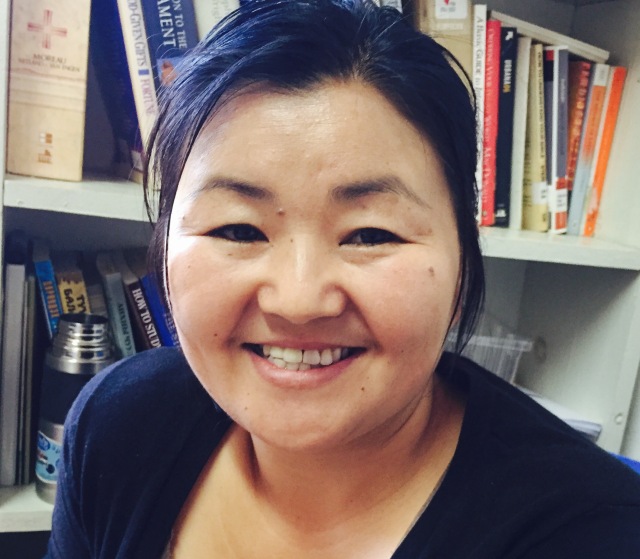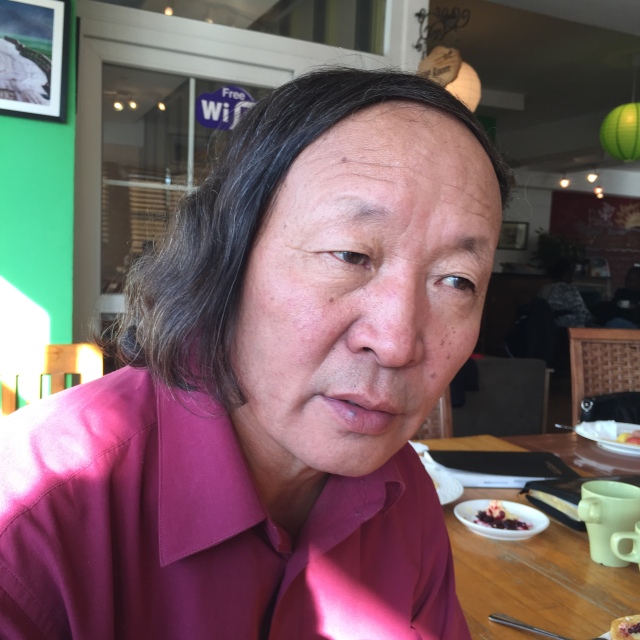Flying low over the sparse rolling hills of Mongolia, it is hard to imagine that from this barren, landlocked landscape rose one of the most widespread and powerful empires in human history.
In 209 BC a confederation led by Modu Shanyu, Mongolia so threatened their southern neighbors that they built the Great Wall of China with 300,000 soldiers defending against Xiongnu raids.
In 1206 Genghis Khan and children founded the Mongol Empire.
- It became huge: covering 22% of Earth’s total land mass – thirty three million square kilometers
- The largest contiguous land empire in the world’s history; stretching in the west from today’s Ukraine, in the east to Korea, north to Siberia, down south wrapping into its fold the Gulf of Oman and Vietnam.
- Its rule was over a population of 100 million which at that time made up twenty five percent of the Earth’s total population.
- Kublai Khan, grandson of Genghis Khan (the Yuan Dynasty) moved his capital to present-day Beijing. A century later they were replaced by the Ming dynasty (1368) as the Mongolian court fled back north.
- The Pax Mongolica like the Pax Romana gave their subjects a kind of social and economic peace after brutal conquests.
- Their conquests linked the west with the east, creating The Silk Road connecting communities across Europe and Asia so controlled that a telling quote describes their power: “a maiden bearing a nugget of gold on her head could wander safely throughout the realm.” In the 14th Century wars and the Black Death destroyed this linkage.
In time ruled by China, in 1911 she broke away but soon was overtaken as a Soviet satellite nation. In 1989 she was freed and founded a democratically elected country.
Today major areas regions of its historic territory are embedded in Russia and China. Of its global community of twenty million, three million live in Mongolia. One of the most sparsely countries in the world, it is the second largest country without access to an ocean. It is a dry land with an economic base of farming: sheep and goats – goats, producers of the world’s finest cashmere.
Mongolia existed in the outer reaches of my mind, obscured by little knowledge but memorable by its famous explorer and conqueror. More recently its character and spiritual reality surfaced as the iron grip of the Soviet Union broke. Then we began to hear more about Mongolia, a people with almost zero Christian presence.
It’s estimated there were four or five Christians living in Mongolia in 1990. Days ago I looked at a study sponsored by a number of missions that put it at over 45,000. Its genesis of faith is legend for the storybook of missions, a country, which not only was landlocked but its spiritual borders locking out any witness of Christ.
A Brit, John Gibbons, married to a Mongolian and from New Tribes Mission, in Hong Kong had been translating a Good News version of the New Testament, working from a number of translations. When in 1990 the doors opened, his translation was printed and made available as missionaries poured in. The timing was perfect. Just as tens of thousands of young people, made inquisitive by the vacuum of a failed and now absent Marxism, the Bible was ready, printed and on hand. That same year Koreans came as students to study the Mongolian language, and while there, shared the Gospel and churches sprung up. Pastor Hwan Pilnan, a Korean, came in 1994 and was instrumental in evangelisms and church development. Some 600 missionaries arrived, 400 from South Korea and 200 from North America and Europe. Today affiliated with the Mongolian Evangelical Alliance there are 470 churches and 40 NGOs (mission agencies). In 2005 a new government requirement tagged the number of missionaries (the word used here is “workers”) allowed: two missionaries for 20 Mongolian staff.
In 1992 Danny Lam from Hong Kong started a short term Bible training. Two years later after he was killed in a car crash, mission agencies got together and in 1995 formed the Union Bible Theological College.
Three stories picture those touched by faith and engaged in witness and service.
Nara Bayadaa
Nara Bayadaa, a high school student, was invited by her classmates to the theatre. Communists had left and there was little entertainment, so news of a foreign film was a draw. She said it sounded like a foreign religion but enjoyed the story. While Mongolians are considered Buddhist, it is a religion she knew little about. Written in an ancient Tibetan langue, there was no way to access its message. After high school she attended college in west Mongolia. Away from home and lonely, she recalled hearing at the end of the Jesus Film, “If you ever want to meet Jesus, just pray to him.” Feeling unwell and lonely she did just that. She remembered waking in the morning, her heart full of joy and her ailment gone. Something had happened. There was a Christian missionary teaching at the college who gave her a New Testament. She devoured it, following the instruction, “Read John, James and Romans in that order.” She did and the Gospel fit like a puzzle. Christmas time came and she was invited to see a drama of Christmas. She prayed that night, “Lord please accept me as your daughter.” Nara went on to study at Wheaton College in the US and today is professor of missions at the Union Theological Bible College.

Mungunkhet. J
In 1992, Bill Bright president of Campus Crusade met with donors in South Dakota with plans to work in Mongolia. He helped to raise $150,000 to finance translation of the Jesus Film and to form The Among Foundation (American Mongolian). In 1994, Mongolian leaders asked the foundation to start a Democratic TV station. Although not Christians, they had seen the Jesus Film and believed they needed a values-based station in their newly evolving democratic country. Eagles TV was formed with 25 hours a week set aside for Christian programming.
Today Mungunkhet is executive director and host of many of its programs. His story is classic. In 1992, at 15, walking a street he saw the Jesus Film being shown on a big screen. He stopped and watched. He said, “Dr. Brian, at that moment I wanted to get into the story.” His parents had divorced and his father murdered the man who had taken his mother. His father now in jail, he and his mother and brothers were having a difficult time while at the same time the country, coming out from under Soviet communism, was searching for its identity. Not surprising, he wanted “to be in the story.” In six months he found a church in his town run by teens who also had seen the film.
After university graduation he went to a church in his hometown as pastor for eight years. Now with the Eagles Television his vision is, “In 1200 AD, an army of 100,000 conquered much of the world – through sword and fear. Today with 45,000 Christians, in his power and love, we can reach our world, for love is more powerful than fear.”

Dugermaa Vanluu
The Spirit takes the unlikely. While John Gibbons had been strategic in having the New Testament translated into a very readable form the church grew, needing a more accurate biblical translation.
Dugermaa Vanluu, a communist was sent to the hillside for two years as a shepherd then to university to train as ergonomist and in time a professor. His friend’s daughter had been attending a church. Her father was concerned so instructed her: “you stay home and I’m going to figure out what this group is about.” In time he came to faith. One day he suggested to Dugermaa, who had a penchant for writing poetry, that he translate Psalms 23. Dugermaa did and fell in love with the text and continued to translate other Old Testament texts. In time he too came to faith in Christ.
He began to study and soon a Bible study group of 90 formed. The New Tribes missionaries taught them how to preach and in a year from his conversion became pastor. But then he realized that to do more translation he needed to learn Hebrew and Greek. (I learned Mongolians have an amazing ability to learn other languages, quickly.) Seeing the need of a translation from the original language, he joined a translating team formed by the Bible Society. They estimate the translation will take ten years.

Today in five hundred Mongolian communities there are two hundred churches. Beginning with five Christians in 1990, the work of the Spirit is building a community of faith, young and vibrant, men and women willing to risk, believing their generation is open to hear of the love and transforming presence of the Lord Jesus.
Brian C. Stiller, Global Ambassador
World Evangelical Alliance
October 2015